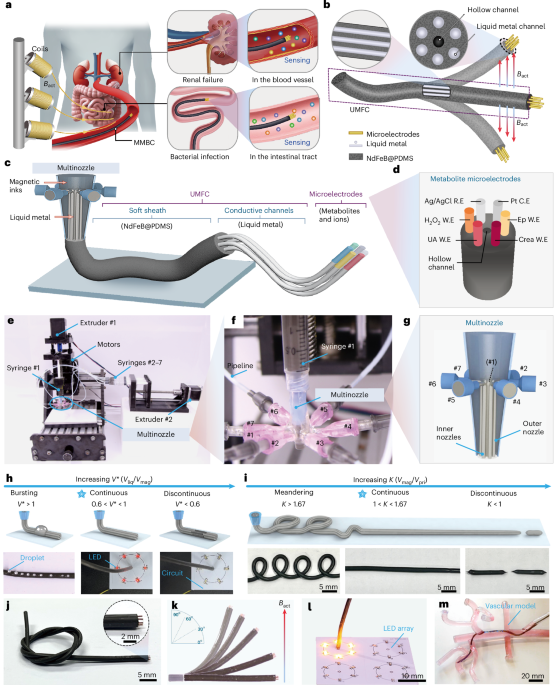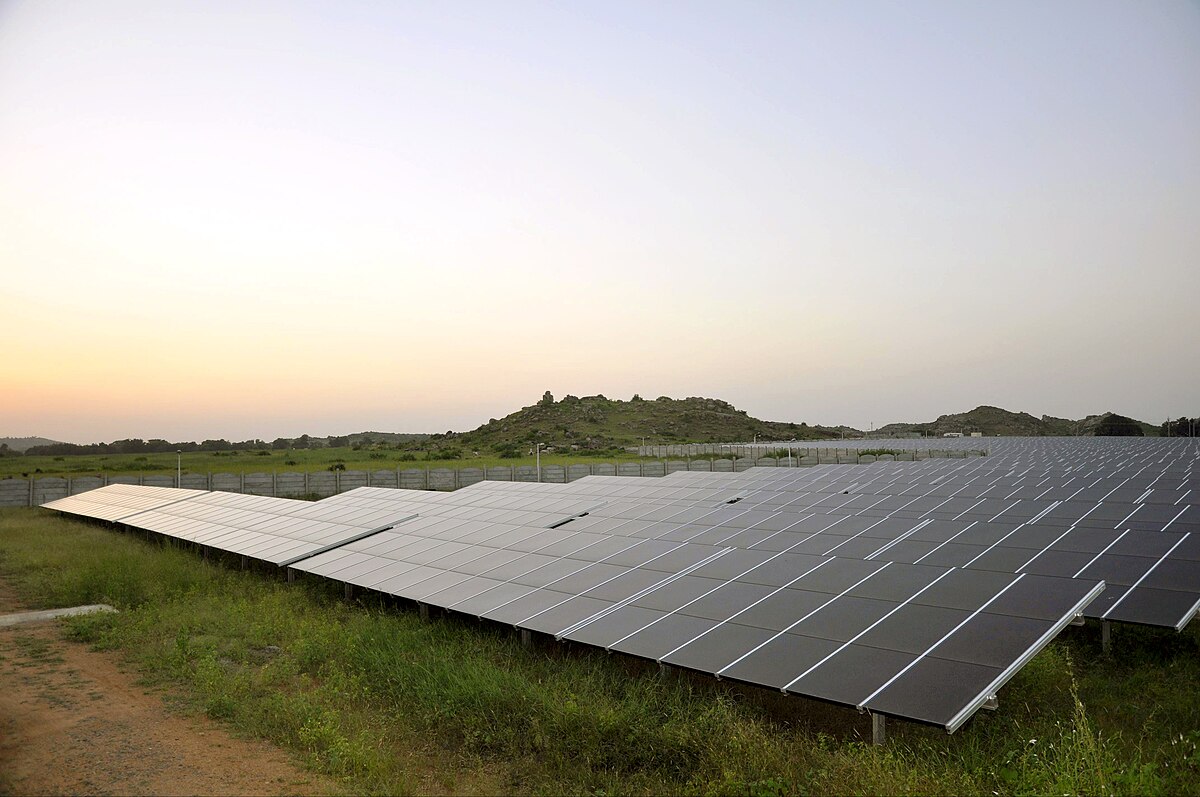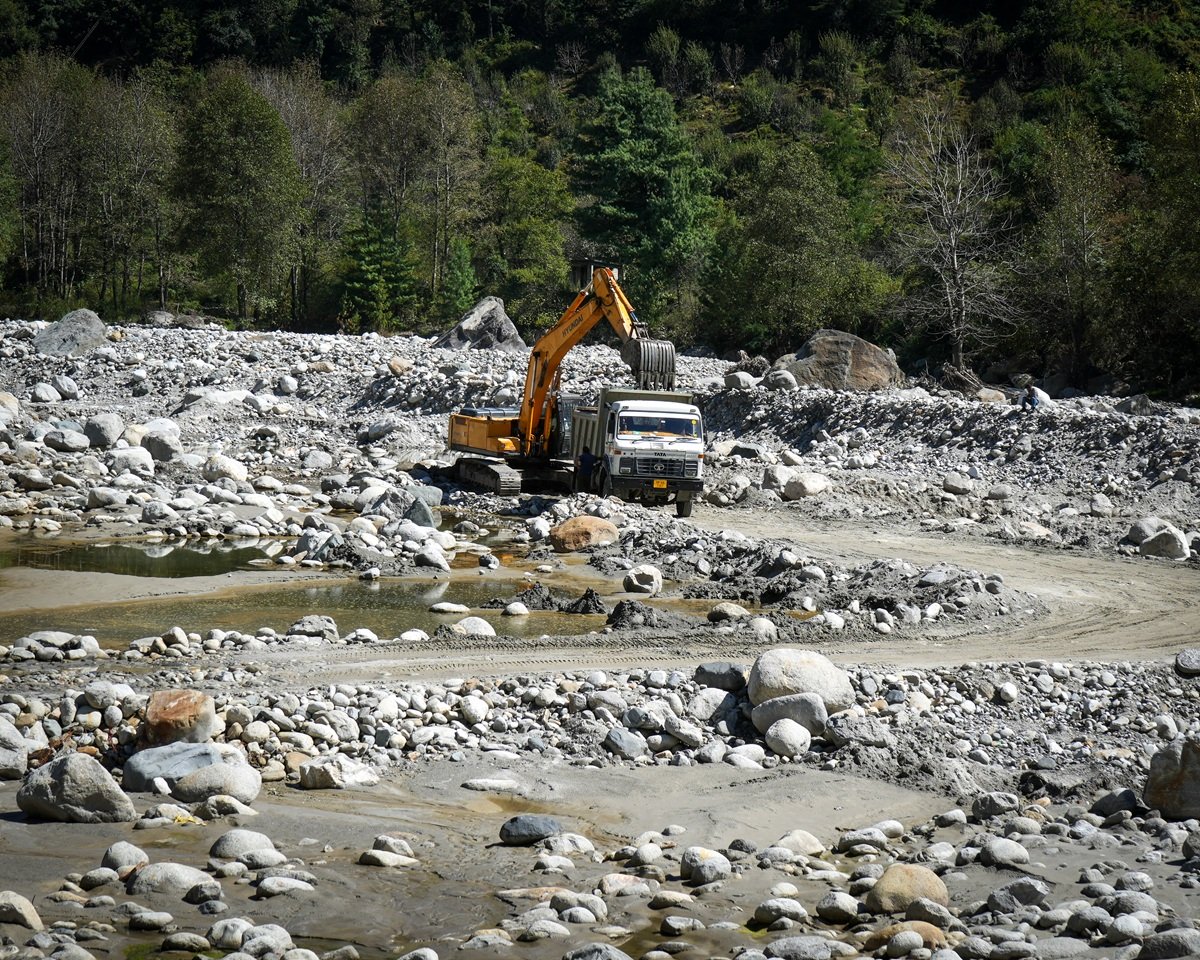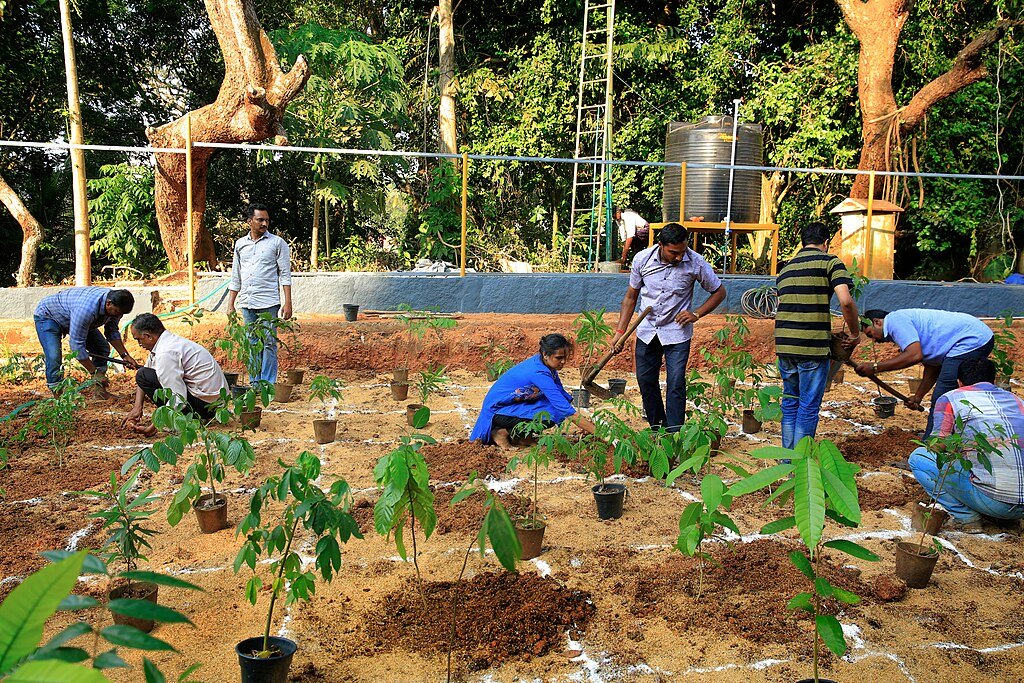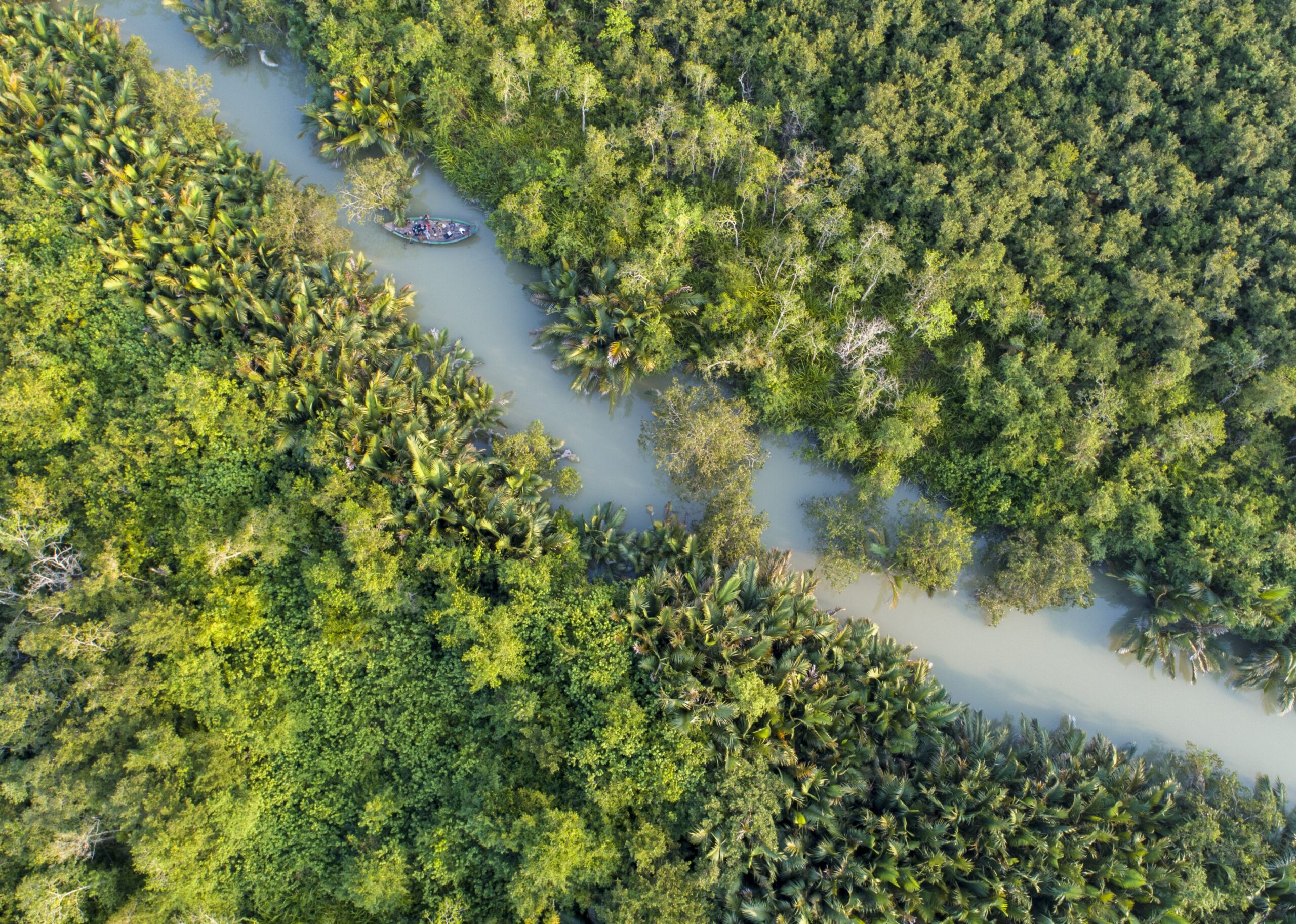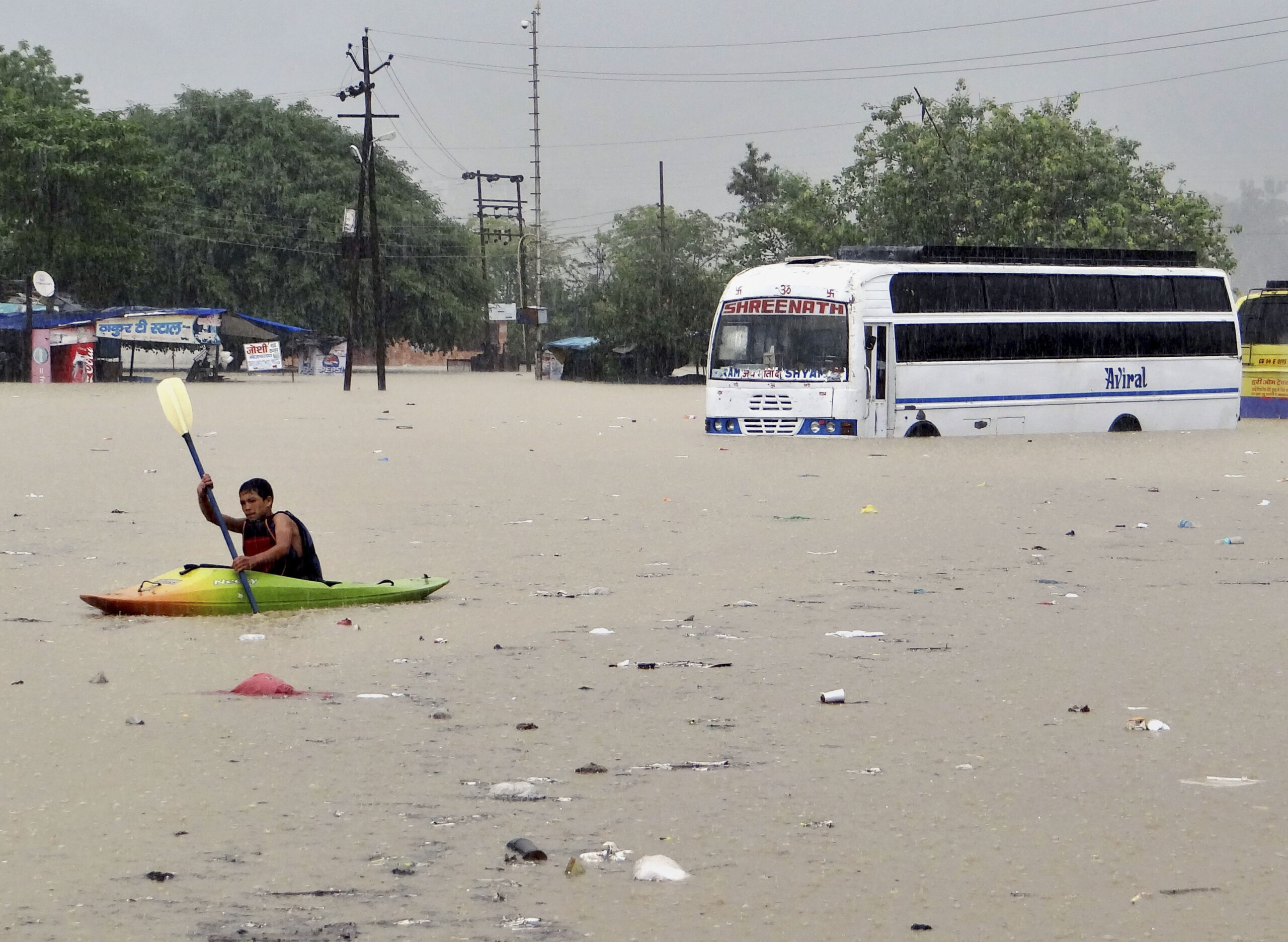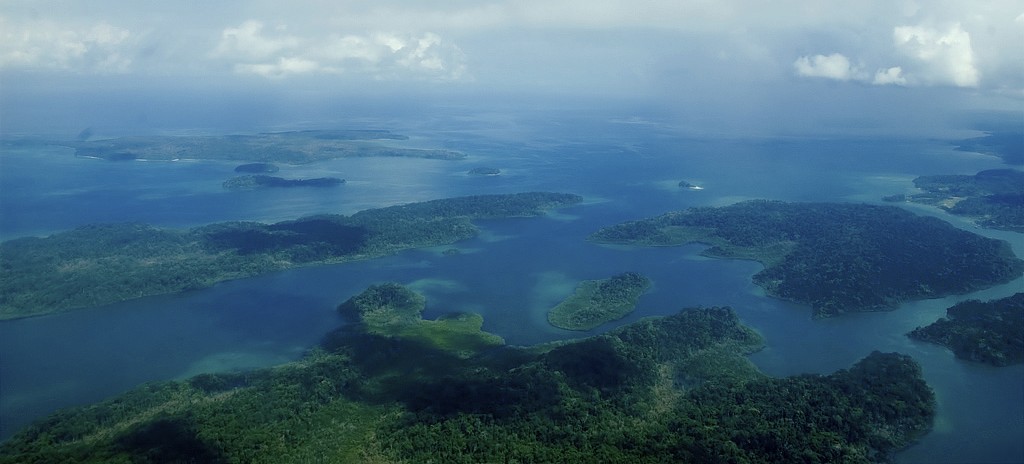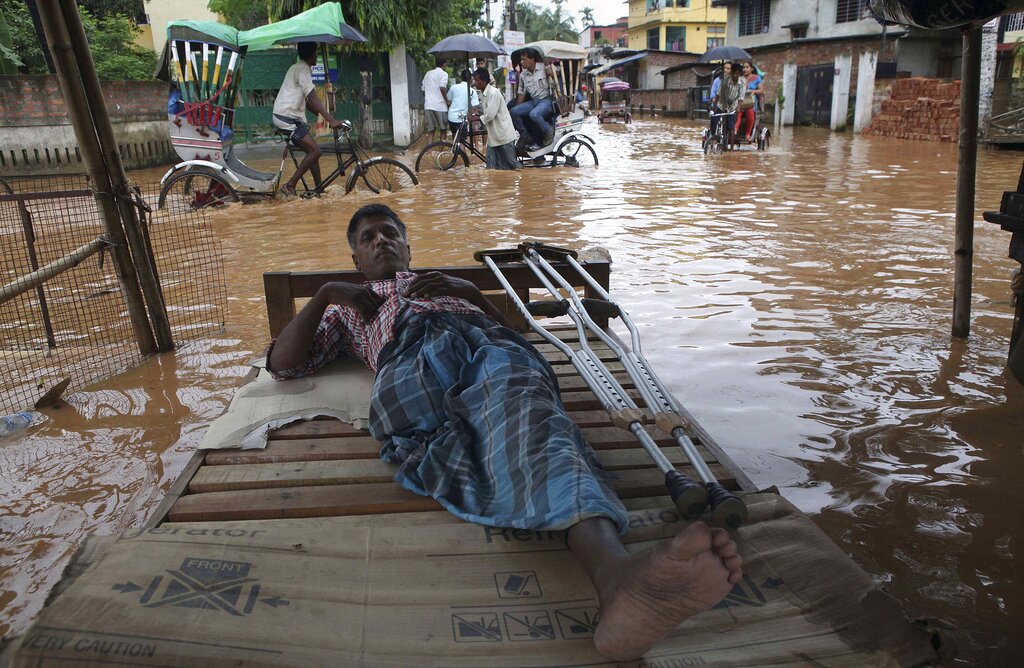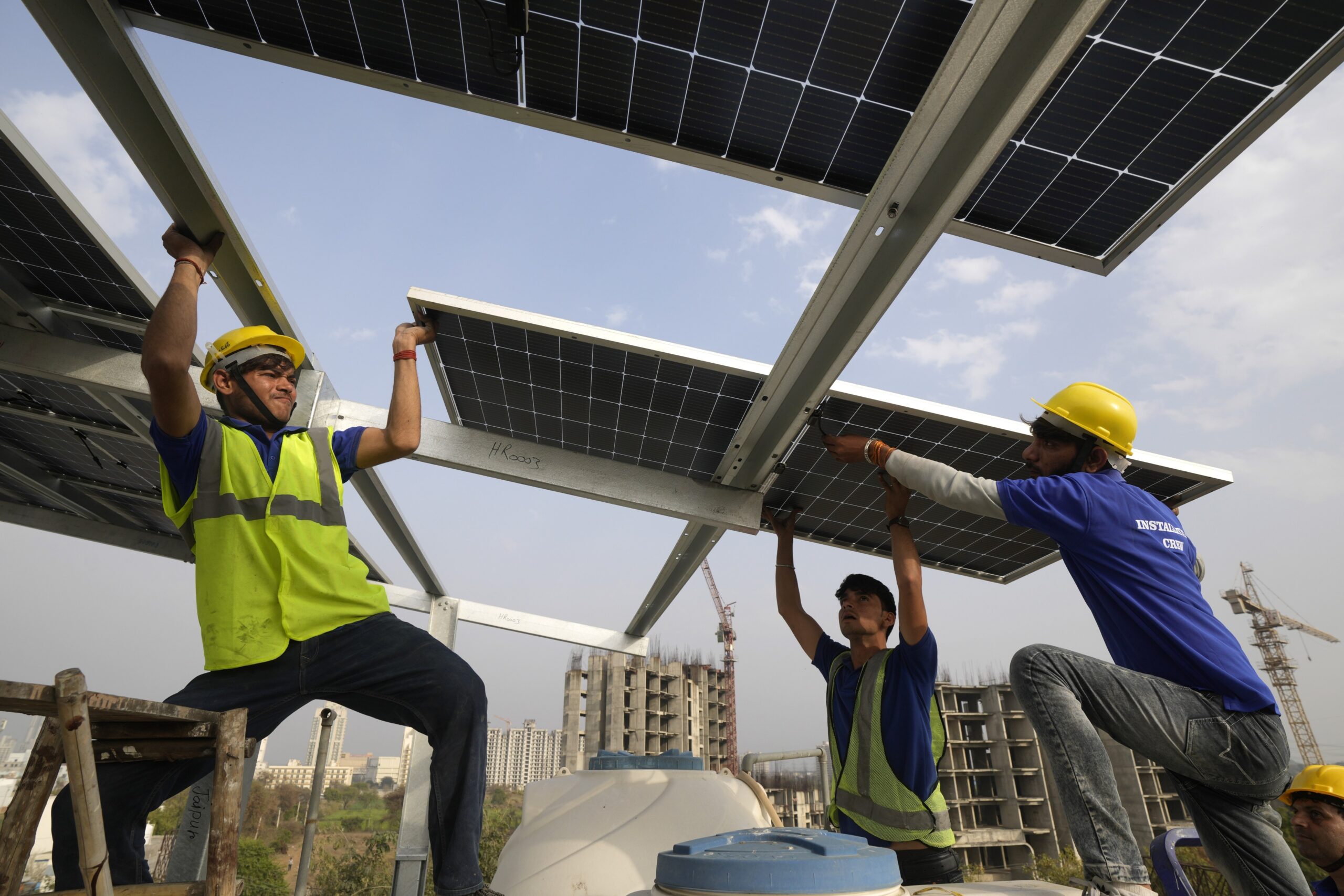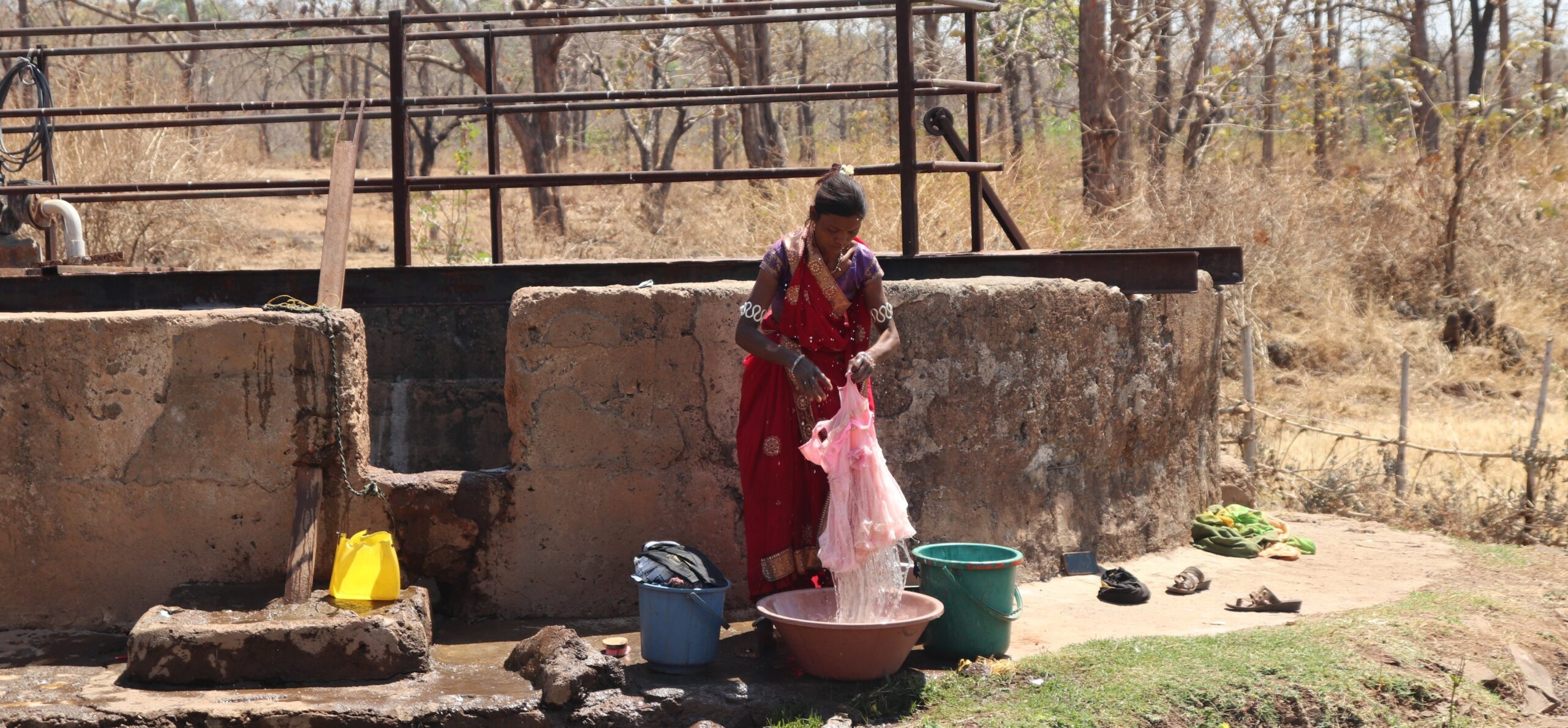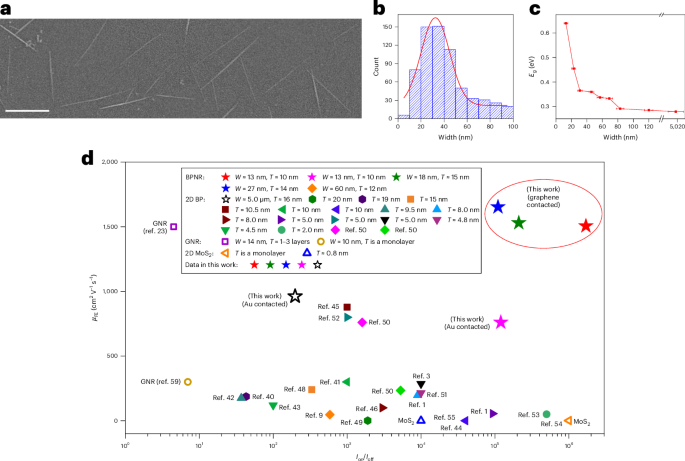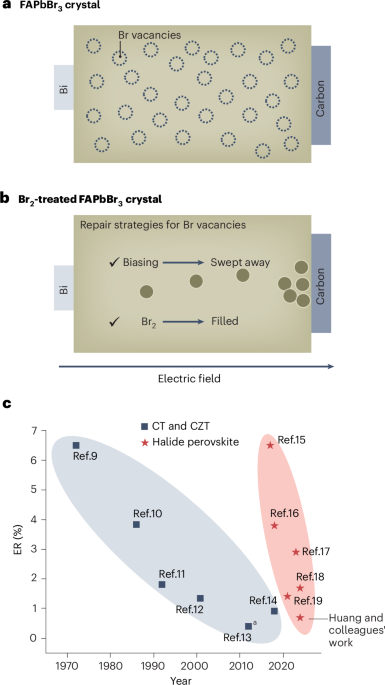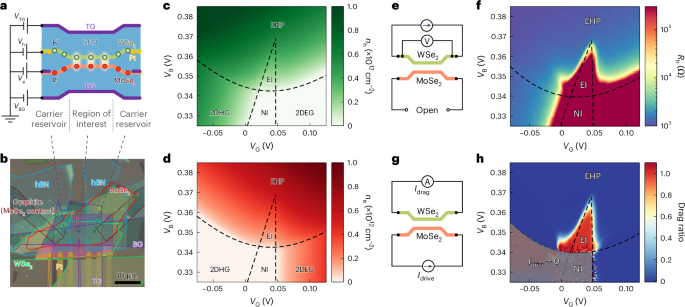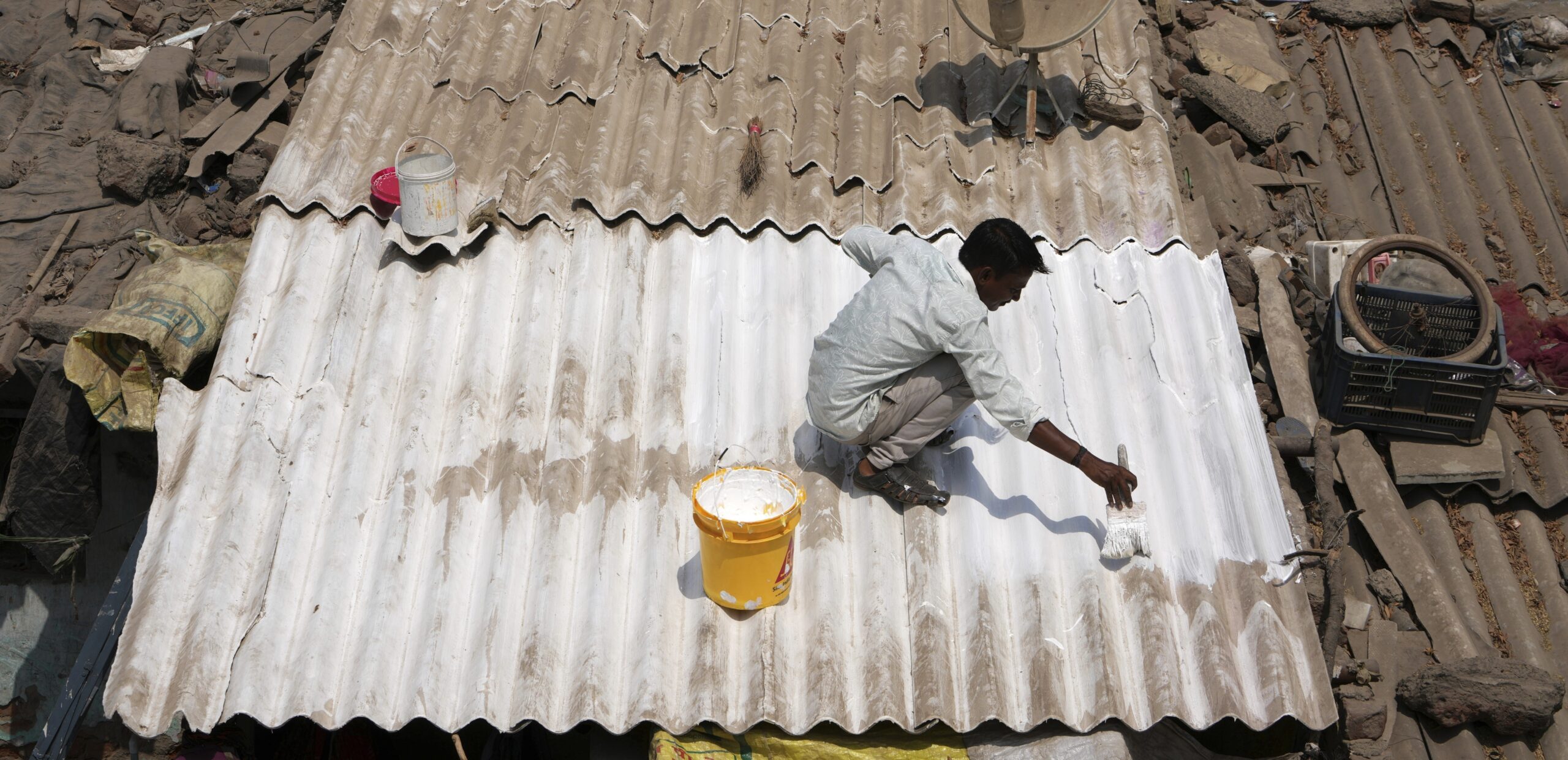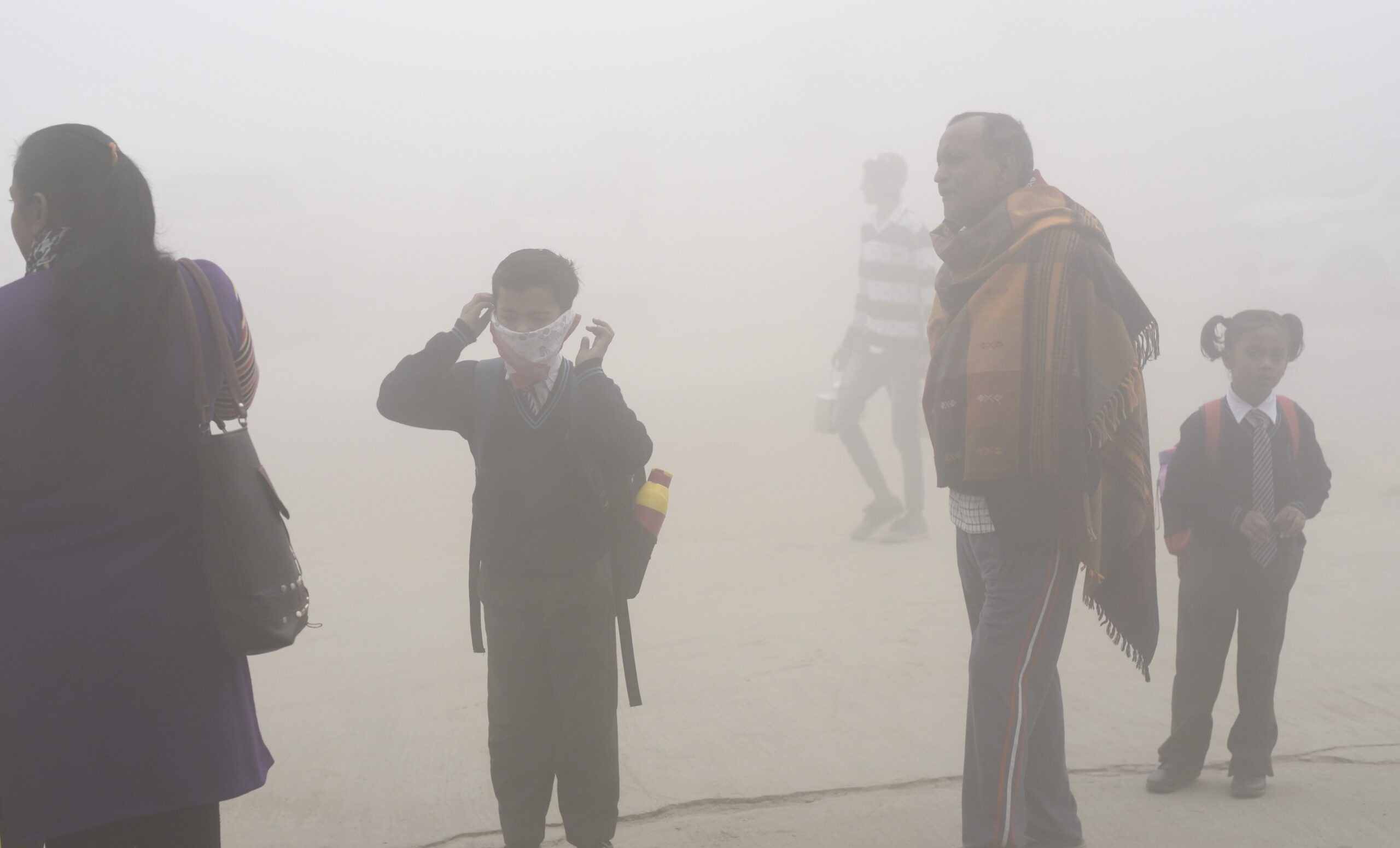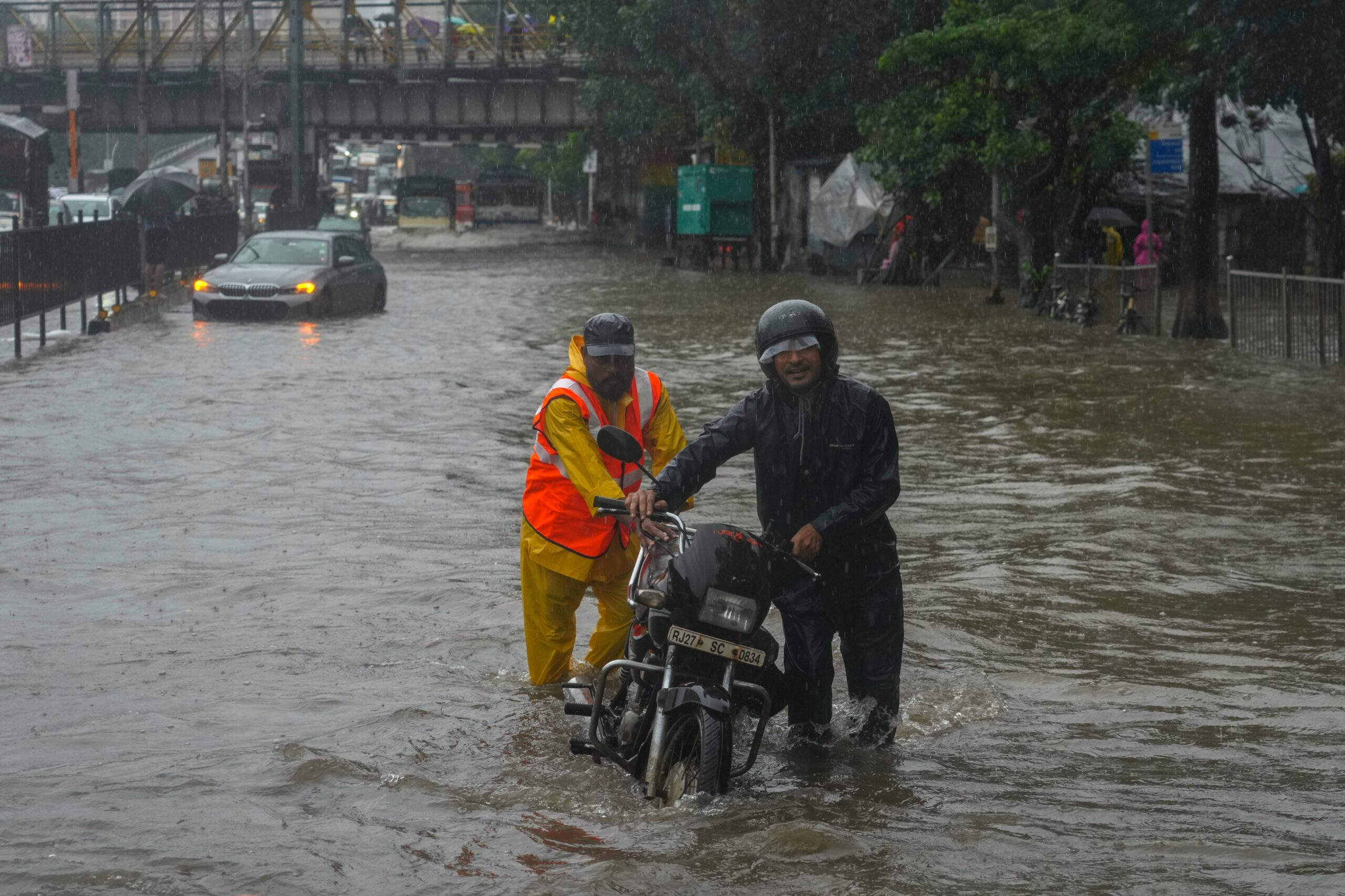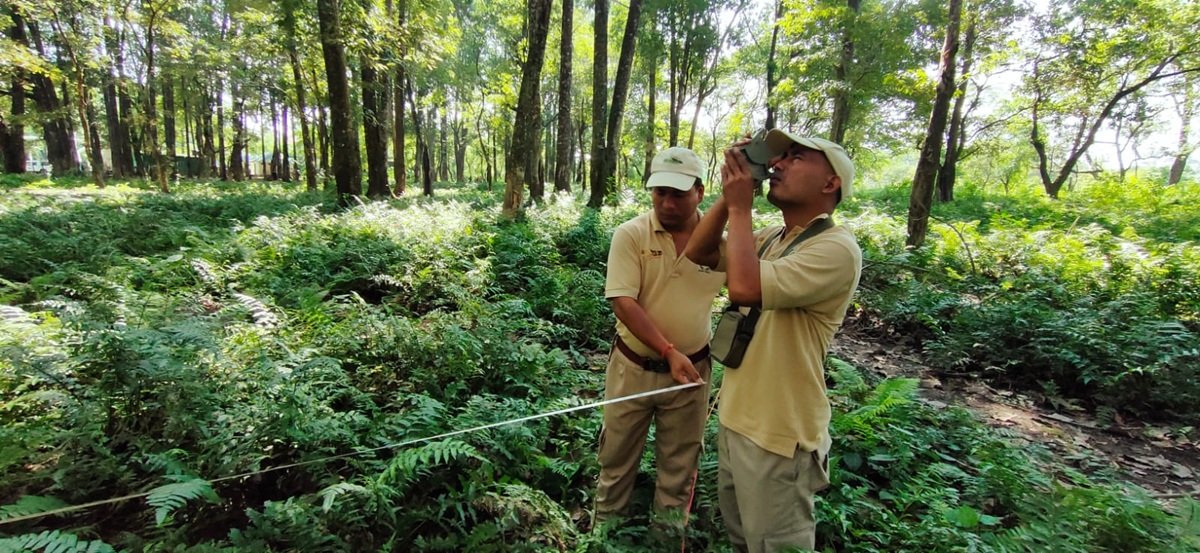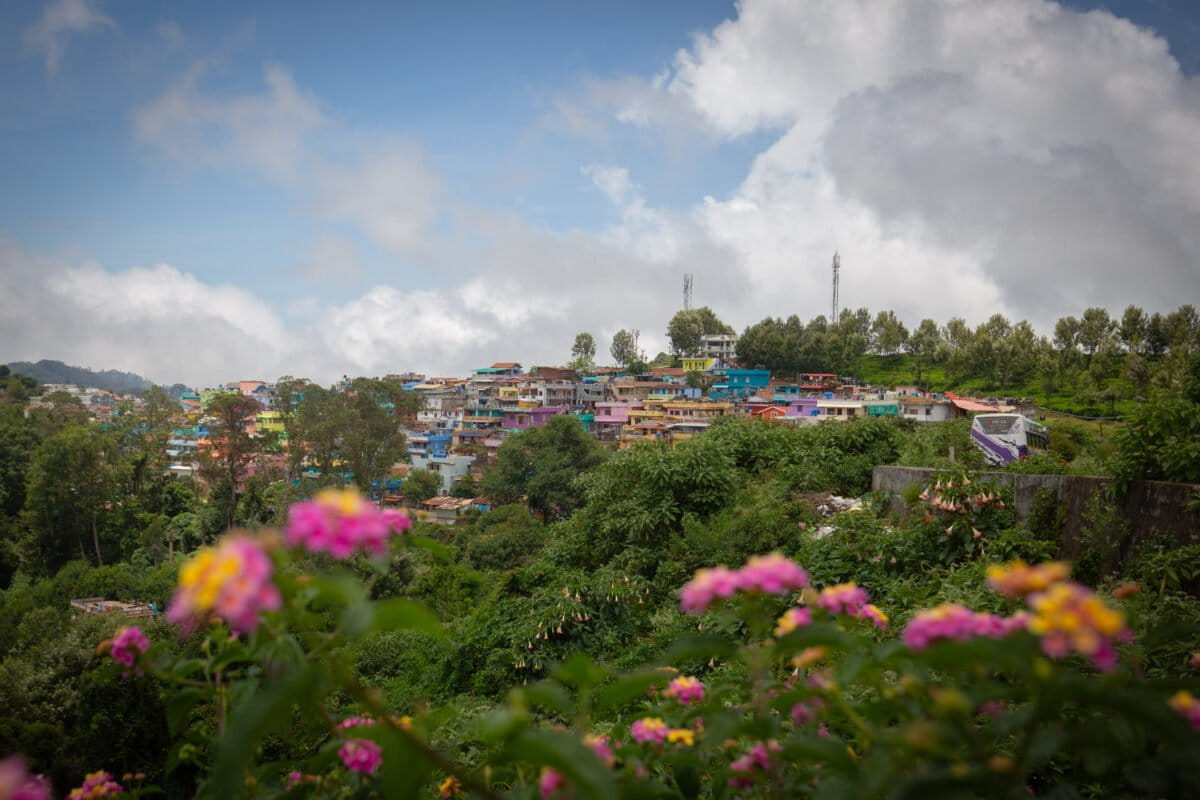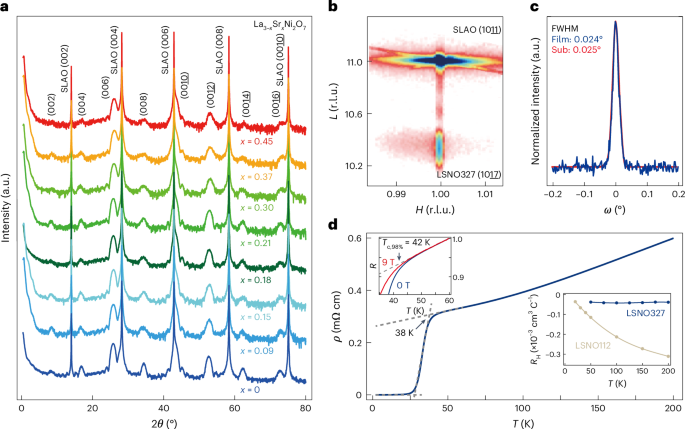
As India’s digital infrastructure booms, the associated climate risks are also on the rise. According to a new global study by the climate analytics firm XDI, Indian states with rapidly growing data centre industries are highly vulnerable to climate change-induced hazards and extreme weather.
The report analyses 8,868 data centres around the world to determine how vulnerable they are to eight climate-related hazards, including riverine and surface water flooding, forest fire, extreme wind, freeze-thaw, soil movement, tropical cyclone wind, and coastal inundation. It focuses on physical damage to building structures that are currently operational, under construction, or in the planning stage, to project how climate risks increase over time.
“Data centres are critical infrastructure powering everything from banking and healthcare to cloud services and emergency response, yet they are increasingly vulnerable to physical climate risks. These hazards can cause costly outages, data loss, and cascading failures across essential services,” Petrana Lorenz, Director of Communications at XDI, tells Mongabay India.
In India, over 12% of 228 data centres studied are projected to face “high risk” from climate impacts by 2050, underscoring the need for timely adaptation. The analysis is based on a high-emissions scenario of climate-related risks under conditions of continued high emissions and limited mitigation. “This scenario helps reveal worst-case impacts, which are critical for resilience planning, though we also produce results for lower-emissions pathways to support comparison and broader risk understanding,” shares Michael Bojko, Senior Analyst, Climate Impact and Policy, XDI, and an author of the study.
In the report’s top 100 data centre hubs (states) ranked by physical climate risk in 2050, Uttar Pradesh (UP) ranks second. Tamil Nadu and Maharashtra rank 25th and 48th in the list, respectively. “The risk of damage to data centre infrastructure from climate change hazards is projected to more than double (111%) by the end of the century,” the report states.
Noting that adaptation is expensive because it requires large up-front investments in infrastructure, ongoing maintenance, and coordination across sectors and scales, Lorenz shares that it is time to shift the focus to mitigation.
“Integrating effective climate risk screening of proposed or existing sites helps identify potential hazards early on, avoiding vulnerable locations and guiding necessary infrastructure improvements. Planning should also include resilient design, efficient cooling, redundant systems, and ongoing assessments as climate models evolve to ensure data centre reliability,” Bojko adds.
While identifying an important gap in this study, Bojko shares that this report does not incorporate the modelling of critical interdependencies such as power, water, transport, and network systems, which are essential to understand residual system-wide failure risks beyond structural damage. “Future studies should address these cross-dependencies to provide a more comprehensive risk assessment,” he says.
Banner image: A data server room in Switzerland. Representative image by Florian Hirzinger via Wikimedia Commons (CC BY-SA 3.0).




























